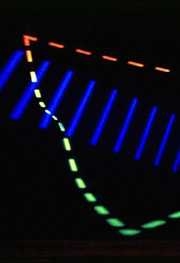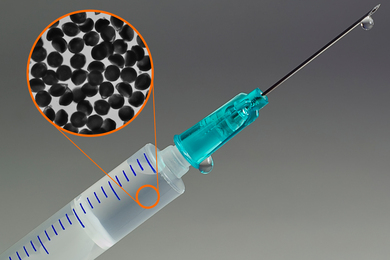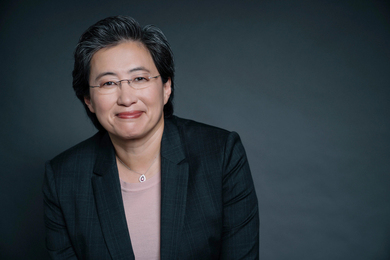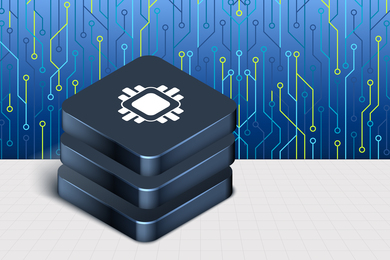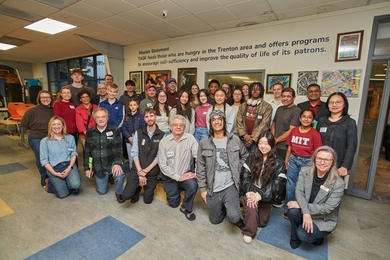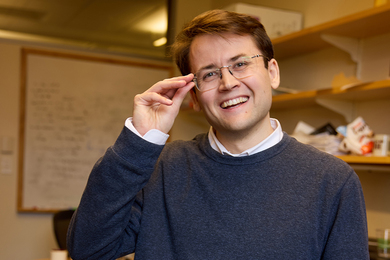The MIT Energy Initiative's second round of seed grants for energy research, announced this week, will go toward a wide array of research topics ranging from micro-hydropower and solar-thermal power projects for developing countries, to the development of novel materials for insulation or for power generation, to computer software that can help to optimize energy use in cities or in a whole nation.
Seventeen projects received grants in this second round, with total funding exceeding $1.7 million. A previous set of grants received funding in January of this year, and MITEI will continue to award new grants twice each year.
Among the new projects are two aimed at developing new solar-thermal systems to bring electric power as well as heating to rural villages in the developing world. One of these, headed by Rajeev Ram, professor of electrical engineering and associate director of the Reseach Laboratory for Electronics, could capture leftover heat from existing solar cookers, or even from conventional woodburning stoves, that are in use in many villages in Asia. The solid-state thermoelectric devices would produce about 20 watts of power to provide reading lights that are 150 times more energy-efficient, as well as cleaner, than the kerosene lamps now in use.
Three other groups receiving the grants are also working on thermoelectric systems -- solid-state devices that generate electricity from temperature differences, without the need for any moving parts. One is seeking to find new, novel materials that may be more efficient than existing thermoelectric compounds; another is developing thermoelectric systems that can be scaled up to large power-producing plants; and the final group is examining the potential of photonic crystals to capture energy from waste heat.
Another solar thermal project, led by Leonhard Professor of Civil and Environmental Engineering Harold Hemond and Ronald C Crane (1972) Professor of Mechanical Engineering Ahmed Ghoniem, aims to develop larger installations that could provide power to a village school or clinic. The solar concentrating system, using mirrored troughs to focus sunlight on liquid-filled tubes and photovoltaic cells, could provide heat and power all from the same unit.
Another project will try to develop control systems for "self-powered" devices, such as biomedical sensors or therapeutic devices that generate their own electricity from the user's movements or body heat so that they never require battery replacement. And another will seek to develop new materials that will work better as either insulators or heat-conducting material for radiators or cooling systems.
A project headed by Pappalardo Professor of Mechanical Engineering Alexander Slocum will work on designs for far-offshore windmills with a built-in energy storage system to provide on-demand power. The system would use water pumped inside a huge concrete base as storage for energy produced by the wind turbine, and the platform could also be connected to wave or current generating systems.
For a full list of all the grant recipients and their projects, please go to web.mit.edu/mitei/news/spotlights/recipients-09-08.html.
Funding for the new grants comes from MITEI's founding and sustaining members, supplemented by funding from the Singapore-MIT Alliance, the Chesonis Family Foundation, David desJardins, and other private donors.
A version of this article appeared in MIT Tech Talk on September 24, 2008 (download PDF).
